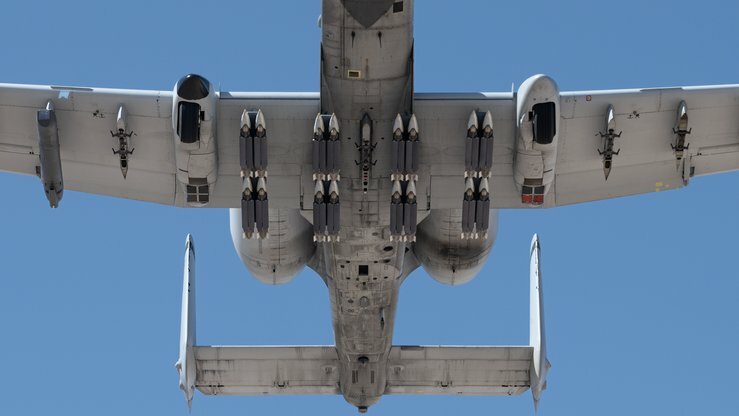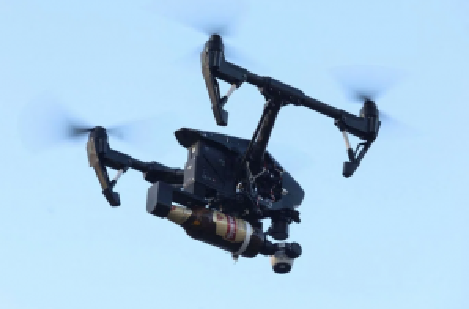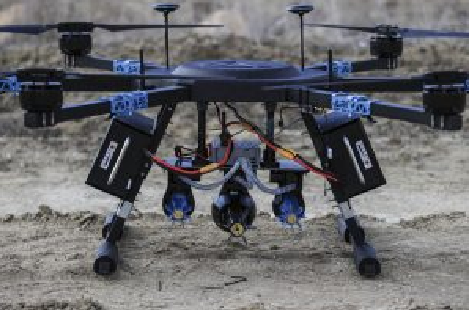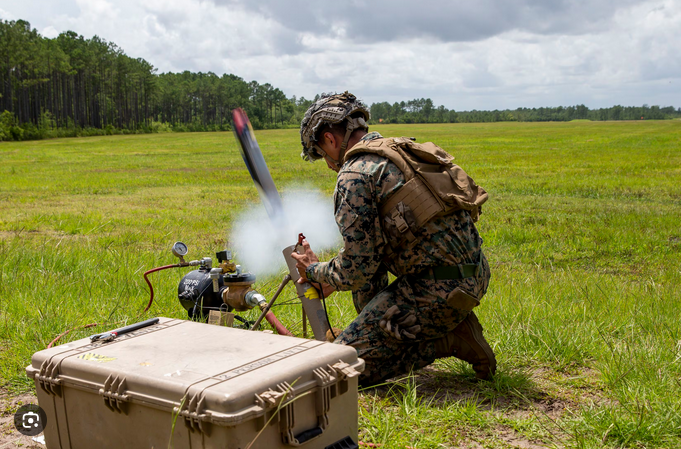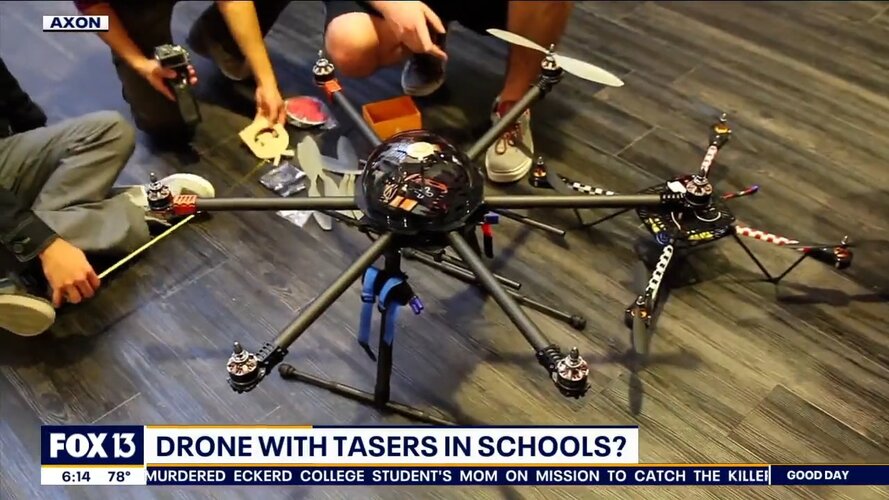IMHO, per Ukraine:
1.Armored CAS currently not needed. Wasted weight. To survive and be effective, plane currently must be superbly agile on the deck, for both offensive and defensive purposes. Armor goes against that.
2.Heavy payload doesn't matter. There are hundreds of other planes that can do it; datalinked deployable/local sensors resolve low&slow CAS requirement.
3.Effective
WVR plane is needed. What good are R-37Ms if you can't suppress a few Matrices.
4.Aviation went astray. Not because its development went wrong, but because it evolved so far towards the fine art of air combat/classic interdiction, that there is a huge, decisive niche underneath. J-36 is cool, but kind of too high.
5.It's impossible to cover with available aircraft(4, 5 gen), or upgrade of thereof.
6.Given that even simple LW take years to achieve, it's impossible to achieve this capability with unmanned solution anytime soon. International instability rules out waiting out the problem to go away.
7.Sovereign/space risks heavily promote manned solution. Starlink can be switched off for you, but not for your opponent.
Target priorities:
small drones(battlefield observation, strike, sometimes even fpv/swarms); should be able to blind and choke the opponent.
larger drones(suicide, reconnaissance), cruise missiles and rotorcraft;
battlefield targets(hostile foilage, weapon emplacements, operators);
High altitude combat planes, drones and loyal wingmen.
Task priorities:
low altitude air destruction(new main cas);
low altitude intercept;
traditional cas/anti-armor;
helicopter escort(must be able to shoot down FPVs, including likes of 358/359s at will);
A2a.
Short-term solution(2025-2030):
APKWS pods for 4th gen fighter aircraft. 4.5 gen aircraft - for those who have them, - better. Adoption of larger pods, and combined fuel/rocket pods;
Adoption of normal IR targeting pods to the small air target set;
Priority development of
high band radar targeting pods(maybe from ground solutions).
Medium-term solution(2030-2050):
Dedicated aircraft (CAS, but term "battlefield fighter" is perhaps more applicable).
Priority qualities:
-Situational awareness, optimized for cluggered, dense, low-altitude environment.
DAS,
HMD(or full cockpit AR), battlefield
SIGINT, connection with
battlefield internet and sensors, good visibility cockpit(a-8 style) are a must.
Sensor suite optimized for
very small targets: battlefield observation drone shall be targetable from stand off.
Ku band radar, big
EOTS/IRST;
LIDAR for both detection and flight safety. Should be capable of targeting normal air targets at reasonable BVR ranges (something like
Meteor is very desirable; srf weapons don't show much promise from low altitudes when shot upwards).
-Airframe: helicopter-level control at
near-landing speeds at low altitudes,
yet should be able to go supersonic. Even mild supersonic(M=1+ on the deck). Vectored thrust, vectored lift. Should be able to maneuver relatively mild, affordable weapon into kill position behind targets of any relevant speeds, from static to transsonic terrain(including urban terrain) hugging targets. Rotorcraft will not work.
-Affordable, high precision ammo capacity with fast kill cycle. Gun goes away,
APKWS is the way. Internal carriage(at least ~12, probably in F-102 way). Maybe a few SDB/ATGM on top(i.e. small weapon bay, which should be able to carry even more APKWS in deployable pod, potentially into 3 digits). Normal a2a weapon(BVR, WVR) and gliding bombs - external carriage is acceptable.
Starting point imho is model 265 AFTI(old front picture of this forum). Some updates to airframe are needed, but mostly it's about
sensor/comm suite,
situational awareness, and
weapons.
View attachment 759977
Long-term solution:
Add your favorite sci-fi here.

